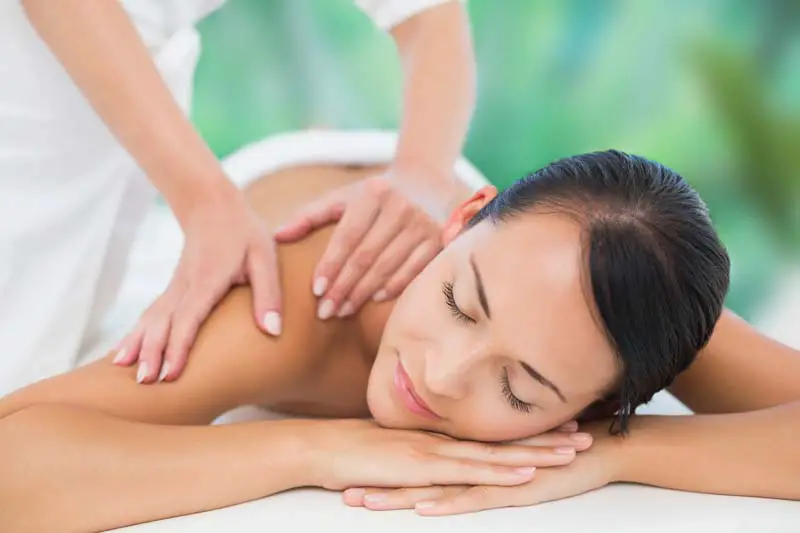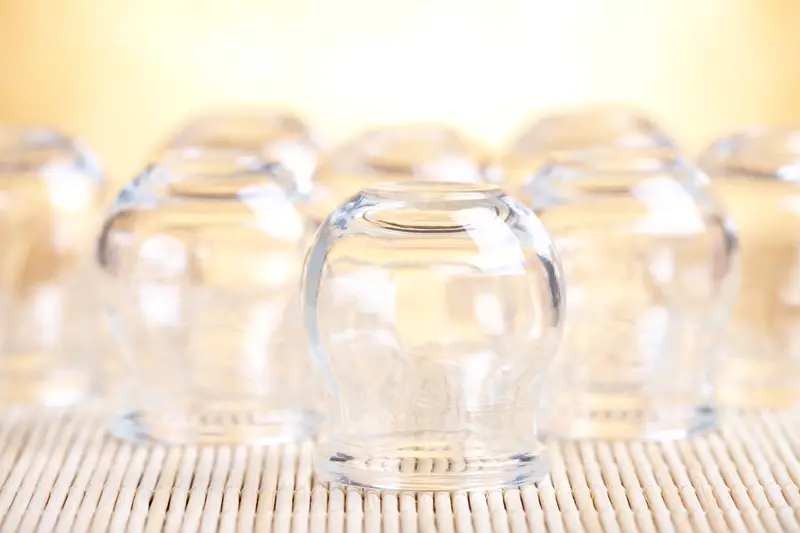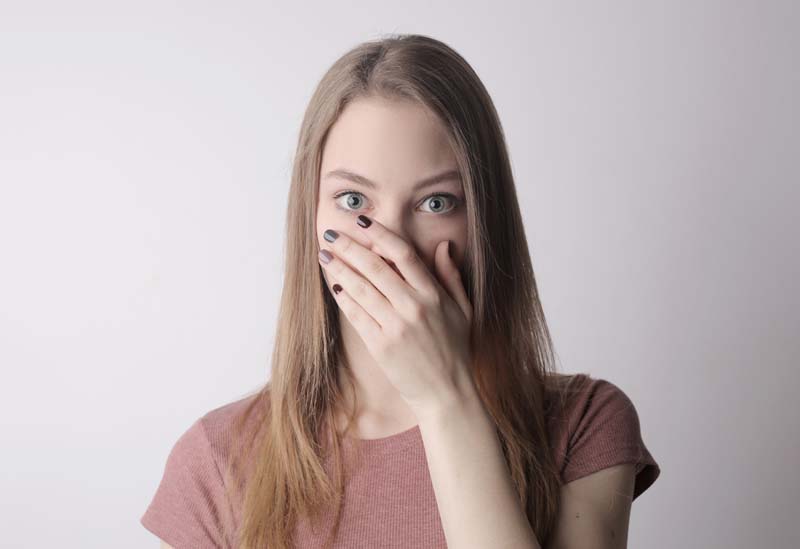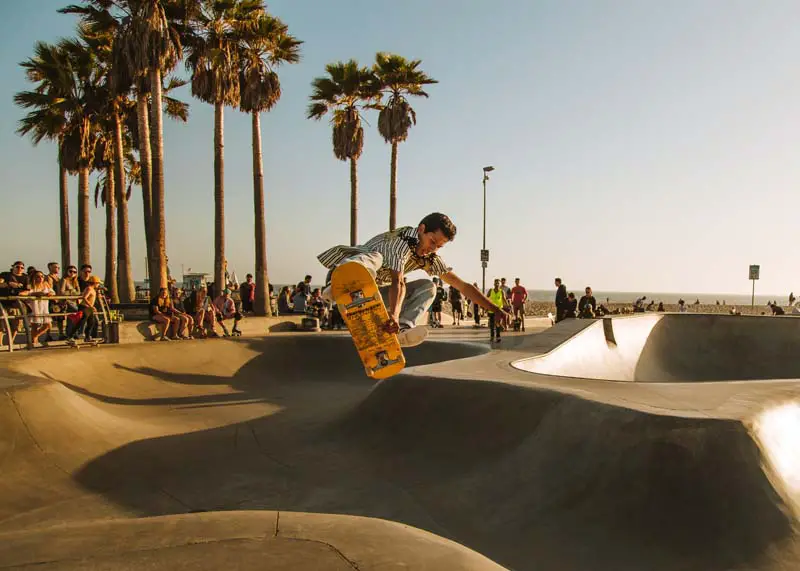Introduction
I had always heard of deep tissue massages being relaxing and curative, but I never realized how sore, and quite frankly, painful they felt afterward. Several days of pain, discomfort, redness, and bruising seems like a high price to pay for a massage that should feel relaxing. What many people don’t know is how to relieve pain after massage. Lucky for us, there are plenty of ways to target those painful areas and quickly reduce the soreness and discomfort.
Personally, I get deep tissue massages for several reasons: relieve muscle tension, treat migraine headaches, and to enjoy the relaxing experience. After my first time getting a deep tissue massage, I felt severe pain after the massage, almost as if my entire neck and upper back had been bruised. That made me wonder, why get a massage at all if it makes me feel worse? Why does deep tissue massage hurt so bad? Well, if you know how to relieve pain after massage, you don’t have to live through the soreness and muscle pain afterward, and you’ll feel the full benefits of massage.
Is Pain Normal After Massages?
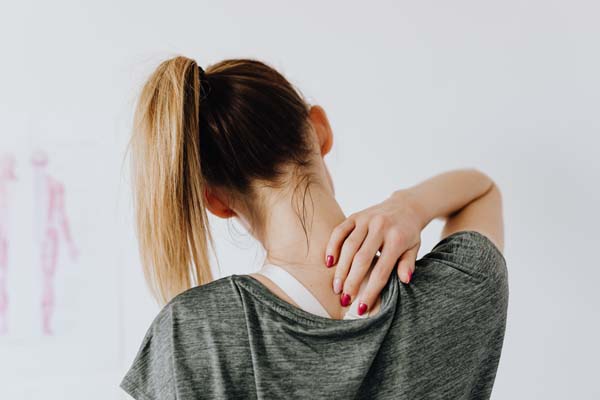
When I played sports, our coaches always told us, “no pain, no gain!” Your body feels sore, tired, and sometimes beat up after an intense workout, but all that discomfort helps you build muscles and come out stronger in the end. And that had me thinking, is that true for massages too?
Muscle soreness and pain is actually a sign that you are improving your fitness and strength. Sore muscles are caused by a change in your routine or workout. When you flex and workout parts of your body that you hadn’t recently, it results in microscopic damage to the muscle fibers called microtears. Sounds scary, right? What actually happens is your body is replacing those damaged muscle fibers with new muscle protein strands. These repairs result in thicker, stronger muscles. This process of muscle building does not happen when you’re at the gym, though. It happens afterward when you’re resting, and the pain starts to set in.
You’re probably thinking. I don’t get massages to build muscle, I go to relax! Well, technically, you are working out your muscles, except the massage therapist is doing it for you. They are stimulating and manipulating the tense and unused muscles throughout your body. For example, if you experience shoulder pain after a massage, it’s a sign you carry a lot of tension in your shoulders. As a result, you’ll feel pain and soreness there afterward.
Common reasons you feel pain after a massage can include:
- You don’t exercise frequently. The massage ‘worked’ you out, similar to intense exercise, and now your body feels soreness and muscle pain.
- You have lots of tension, knots, and strain in your muscles. Therefore, you tense up when the massage therapist applies pressure, causing those muscles to bruise while being stretched out.
- The therapist was applying more pressure than you could handle, and your body is paying the price for it. This is dangerous and could cause severe pain after massage.
Pain and soreness are familiar sensations after a massage, particularly a deep tissue massage. Why does deep tissue massage hurt more? It hurts because the massage therapist has broken down knots, adhesions, and tension holding patterns to repair your muscles and relieve tension. They use firm pressure to reach deep into your muscles and manipulate or untwist tight muscles. As a result, you’re left sore and in pain after.
Our body naturally tries to protect itself from pain, and this is known as muscle guarding. Muscle guarding is when your muscles are extra reactive, similar to a fight or flight mode. While it’s a good thing for preventing muscle sprains and injuries, it’s terrible when it comes to relieving pain after a massage. Your muscles remain partially contracted, making the massage less enjoyable, and you are more likely to feel pain afterward. Unfortunately, muscle guarding undoes any progress your therapist has just made. It actually might trigger new, worse pain, leading you to believe they did not massage you properly.
Bonus: Why It’s Absolutely Okay To See Bruising After A Massage Treatment
Good Pain Vs. Bad Pain

Knowing how to relieve pain after massage begins with determining if it’s good or bad pain. When you’re laying on a massage table, and the therapist is pressing into your back, you’re probably trying to power through it and let them go more in-depth. However, there is a fine line between acceptable pain and unacceptable pain.
If you receive a massage with too little pressure, you won’t see any improvement. However, if the massage has too much pressure, it will only make things worse by causing you to tense up and hold your breath. Unlike I had initially thought, “no pain, no gain” is actually not a great way of thinking about massages.
Breathing is a good way of measuring the amount of acceptable pain. If you can breathe continuously through the massage without holding it in and tense up your body, they are applying the right amount of pressure. If you find yourself clenching your teeth, holding your breath, and twitching with the pressure, that’s a sign of letting the masseuse know to use lighter pressure.
Everyone has a different threshold of pain. For some people, deep tissue massages aren’t tolerable, but for others, they might prefer deep, firm pressure. Our bodies all respond differently to massage treatments, but the fact of the matter is, the more often you get massages, the less pain and discomfort you’ll experience afterward. Pain is resistance to change, so the more you work out your muscles and get massages, the less pain you’ll feel. However, you should always be able to tell the difference between good and bad pain.
Good pain is associated with delayed onset muscle soreness, which will go away in a couple of days. This is a sign that your body is healing itself and rebuilding denser, more robust muscle tissues. Additionally, it’s a sign that your massage therapist did a great job at manipulating your tissues and relieving stress and tension.
Delayed onset muscle soreness, or DOMS, usually results from massages with firm pressure. Deep tissue massages, as I’ve come to find out, can also cause DOMS. Common symptoms of DOMS include muscles that feel tender, reduced range of motion, pain and stiffness, and swelling. These symptoms are signs of good pain and should only last about 3 to 5 days after the massage. They will go away on their own.
Bad pain is an injury. If you decided to push through the deep tissue massage with a pressure that was too much to handle, you might have inadvertently made things worse. Severe pain after the massage is not normal, and trying to push through that pain will only make things worse. These are signs that it is a bad pain after a massage:
- Pain is in your joints. There is no such thing as good joint pain.
- Pain isn’t symmetrical. I.e., shoulder pain after massage should be even on both sides.
- Pain comes on all of a sudden after a crack or a pop.
- Pain doesn’t go away after a few days.
How To Relieve Pain After Massage
Post-massage pain and soreness (good pain, that is) will go away on its own in a few days and should last no longer than a week. Depending on how often you get massaged, your level of pain tolerance, and your medical history or injuries, the pain and soreness will differ after a massage. Regardless of the type of massage you get, you should know how to relieve pain after massage.
These are the top 5 ways to relieve pain after massage:
1. Stay hydrated
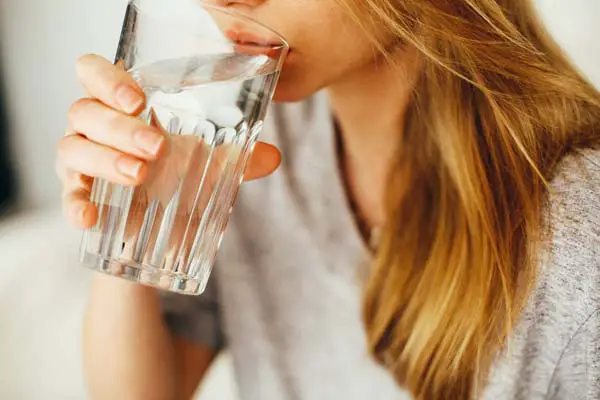
Drinking lots of water after a massage is essential for reducing pain and soreness, as every massage therapist will tell you. Massages are dehydrating because kneading muscles pump fluids from your tissues into your circulatory system and then to your kidneys. For that reason, you might feel like you need to pee a lot after a massage. Therefore, you must replace all the water you’ve lost.
Massages also free up the metabolic waste produced by your muscles. Muscle knots constrict circulation, meaning your body cannot naturally flush that metabolic waste. However, a massage undoes those knots, increasing circulation and allowing the body to flush that waste into the system. Drinking more water kickstarts your kidneys to eliminate metabolic waste.
2. Apply ice (or heat)
Most people assume that applying heat after a massage is how to relieve pain after a massage; however, this is not always true. The only case where heat should be applied (moist heat specifically, like a hot wet towel) is after a Swedish massage. Swedish massages do not use firm pressure to penetrate deeply. Therefore heat would relax your muscles and relieve pain.
If you received a deep tissue massage, however, heat should NOT be used afterward. Heat could actually increase inflammation and cause more pain by decreasing circulation. Cold therapy should be used after deep tissue massages. Apply an ice pack to the inflamed area for no more than 20 minutes at a time. It works after a deep tissue massage for the same reason it works after an injury. It constricts the blood vessels and reduces inflammation.
Warm baths with epsom salt are the only time you should use heat therapy after a deep tissue massage, or any massage for that matter. The epsom salt contains magnesium sulfate, which decreases inflammation after deep tissue massages.
3. Stretch
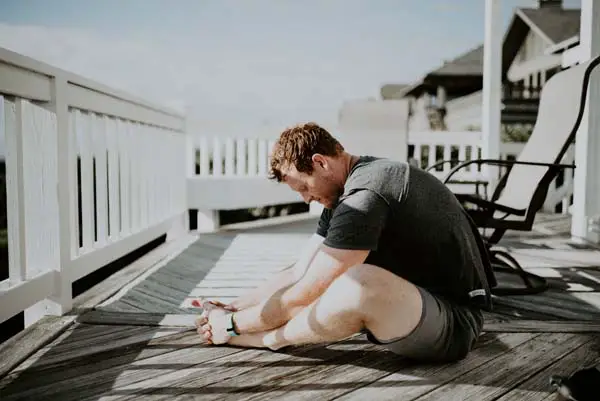
As we all know, stretching is essential before and after exercise to reduce the chances of tearing, straining, or injury. Stretching after exercises can increase the benefits of your workout and ease pain from inflammation. This same concept applies to massages, which, as we covered, are a form of exercise.
Massages increase circulation and loosen tight muscles. Stretching helps retain that looseness so that you won’t go right back to tense muscles after the massage.
These are three post-massage stretches you can try at home:
- Lie flat on your back and bring your knee to your chest. Hold the knee to your chest with both arms for 30 seconds, then switch legs. If you can, bring both knees to your chest at once and hold for 30 seconds.
- Stand straight up, and slowly bend forward at your waist. Keep your arms relaxed and let them dangle forward. Keep your chin tucked into your chest, and sway slowly from side to side. This decompresses your spine, stretches your legs and hips, and relieves shoulder pain after massage.
- Stand straight up and stretch both arms overhead. Reach as high as you possibly can, and lean from side to side. You should feel the stretch in your ribs, shoulders, and hips.
4. Drink herbal teas
Certain herbs possess anti-inflammatory properties that can help relieve pain after a massage. These are the best teas for reducing inflammation after massage treatment:
- Ginger – reduces muscle pain.
- Turmeric – reduces inflammation, promotes healing.
- Chamomile – soothes muscle pain, boosts the immune system, and reduces inflammation.
Add honey or blend with other herbs for a delicious cup of hot, healing tea.
5. Rest
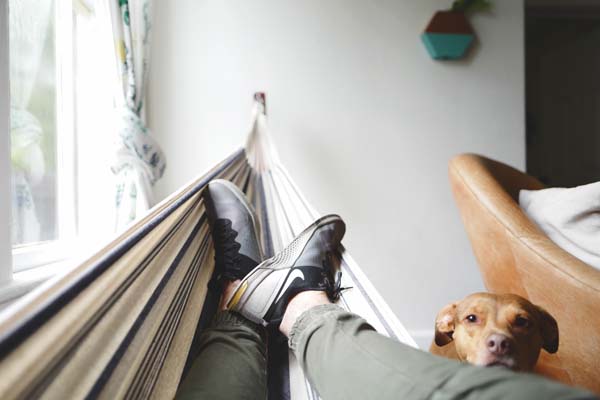
If you go right back to what makes you stressed, you will likely reverse all the progress the massage made. Your body might be in pain after a massage, so take the time to let your body rest and recharge your muscles. When you sleep, elevate your legs, use aromatherapy with essential oils, and take nice deep breaths. Your muscles will retain their looseness, and the benefits of the massage will last longer.
Post massage soreness and malaise, or PMSM, is a common occurrence after a very firm, deep tissue massages. You might feel flu-like symptoms like achiness, tiredness, and just under the weather. The best way to get past that after a massage is to rest.
Final Thoughts
Massages have many benefits like relieving muscle tension, promoting relaxation, undoing knots, improving circulation and range of motion, and alleviating symptoms of chronic illnesses–the way they do for my migraines. Knowing how to relieve pain after a massage will make the entire experience more relaxing, enjoyable, and will make you more likely to return for more. The more you get massages, the less pain you will feel afterward, and the more benefits you will reap.
Photo by Karolina Grabowska, Tirachard Kumtanom, and Daria Shevtsova from Pexels
Photo by Scott Broome, and Drew Coffman on Unsplash
Related Posts

Try our Anti-Aging Gua Sha Tool designed to bring out your skin’s natural glow.
Best Gua Sha Product- Anti-Aging: The tool is designed to target 11 specific aging signs such as wrinkles and sagging skin. By following the 7-step routine, users can improve skin firmness and reduce fine lines naturally.
- Enhances Skincare Routine: It works effectively with serums and lotions, boosting absorption and efficacy of skincare products.
- Visible Skin Improvement: Users can expect a smoother complexion, reduced puffiness, and a more youthful appearance.
 P. Sze
P. Sze 